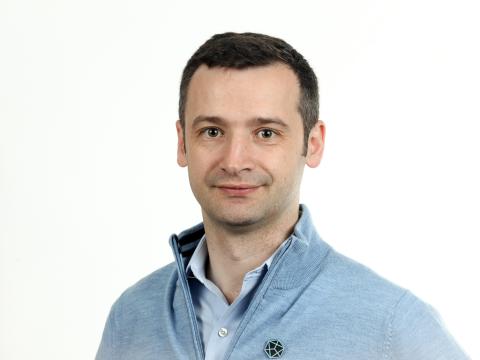Abstract
Neuron. 2025 Oct 10:S0896-6273(25)00710-X. doi: 10.1016/j.neuron.2025.09.022. Online ahead of print.
ABSTRACT
Progressive multiple sclerosis (PMS) involves a persistent, maladaptive inflammatory process with numerous cellular drivers. We generated induced neural stem cells (iNSCs) from patient fibroblasts through a direct reprogramming protocol that preserved their epigenome, which revealed a PMS-specific hypomethylation of lipid metabolism and interferon (IFN) signaling genes. Single-cell multi-omics uncovered a novel, disease-associated radial glia-like cell (DARG) subpopulation in PMS cell lines exhibiting senescence and potent IFN responsiveness driven by specific transcription factors. Functionally, PMS iNSCs induced paracrine senescence and inflammation onto control cells, which was inhibited upon senolytic treatment. We identified in PMS brains a distinct population of senescent, IFN-responsive DARGs that developmentally aligned with the trajectories of iNSCs in vitro and spatially associated with inflammatory glia in chronically active lesions. DARGs may sustain smoldering inflammation, unveiling a previously unrecognized cellular axis that could underpin mechanisms in neurodegeneration. This discovery offers novel insights into disease mechanisms and highlights potential therapeutic targets.
PMID:41075785 | DOI:10.1016/j.neuron.2025.09.022
UK DRI Authors
